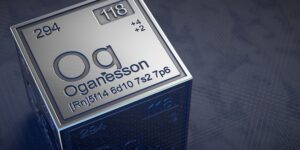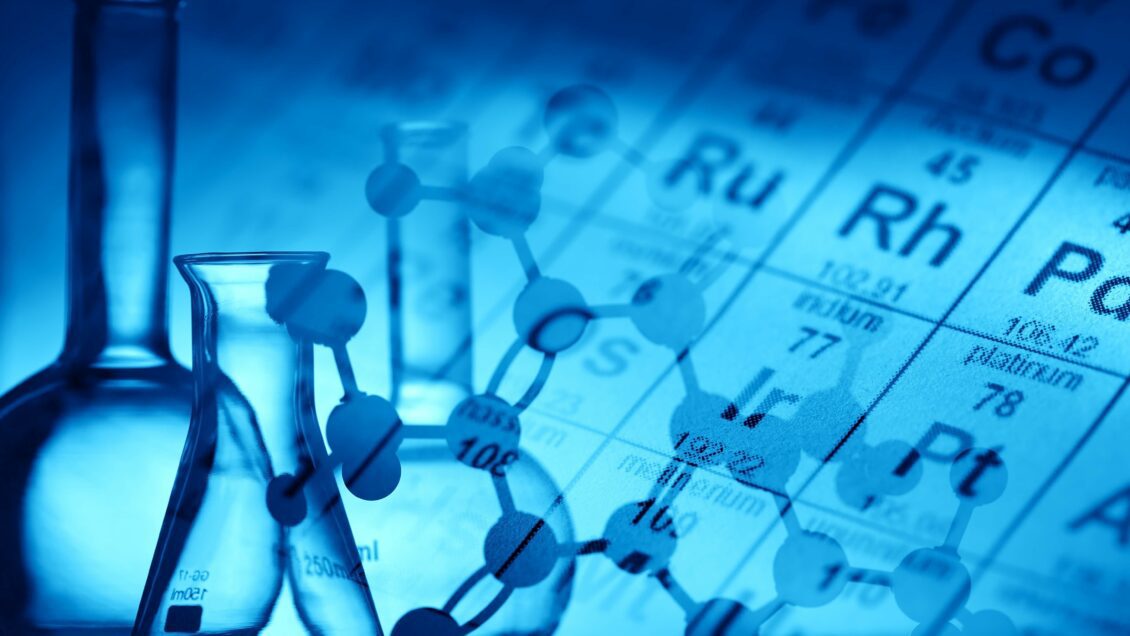While National Periodic Table Day might not be the most obvious February holiday, it too has some chemistry — but it’s the kind you find in a lab, not in a love story.
Here are some facts to spark your curiosity as we celebrate this scientific day on February 7.
Russian chemist Dmitri Mendeleev was the first to arrange elements in the structure we know as the periodic table. Mendeleev was a lover of card games and used a solitaire sorting strategy of columns and rows to help arrange the elements.
Hydrogen, the first element, has the simplest atomic structure. It is also the most abundant element in the universe.

Oganesson (Og) — a synthetic element — is the newest element and the 118th on the periodic table. Oganesson, which was added to the periodic table in 2016, is rare because it is extremely unstable with a half-life of under a millisecond.
Multiple elements are named after famous scientists. The element curium is named after Marie Curie, a Nobel Prize winner for her work in radioactivity which contributed to cancer treatments.
We asked some Clemson University Department of Chemistry faculty and graduate students about their favorite elements.
Iodine
Department of Chemistry Chair William Pennington’s favorite element is iodine. “It should be special to everyone in SC as our state nickname was once, ‘Wonderful Iodine State!’” It was such a claim to fame that the slogan appeared on the state’s license plates at one point and is the reason for the capital city’s television channel call sign of WIS.
Hydrogen
Stephen Creager, associate dean, said, “Hydrogen atoms can bind together to form H2 molecules, which store lots of energy that may be released upon burning with air, producing only water and heat as products. Hydrogen is a part of some very complex organic molecules, and it is also the principal component of most stars including our sun. How can you not love all that?”
Gold
Austin Seilkop, who is pursuing his Ph.D. in chemistry, has a more personal reason for his favorite element, gold. “It may not be a very scientific reason, but I love gold because it has the first two letters of my name in it,” he said. Gold’s symbol, Au, is derived from the Latin word aurum.
Sulfur and Phosphorus
Professor Rhett Smith’s favorite elements are two he’s worked with in his research — phosphorus and sulfur. “Phosphorus is interesting because it is only a naturally occurring element and is in short supply. This is one of the reasons we are trying to close the loop of humans using phosphate and try and recover the phosphate. Sulfur is interesting because it is used to make sulfuric acid, which is the most used synthetic chemical.”
Iridium
Ph.D. student Giovani Gutierrez said, “My favorite element is iridium because it comes from meteorites. It’s a very rare metal, and its chemical structure is fascinating.”
Find out more about these and the other 112 elements at https://www.rsc.org/periodic-table.
Get in touch and we will connect you with the author or another expert.
Or email us at news@clemson.edu

